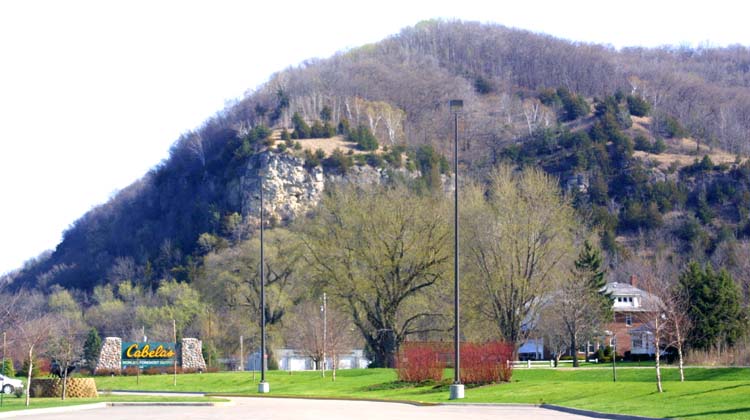
|
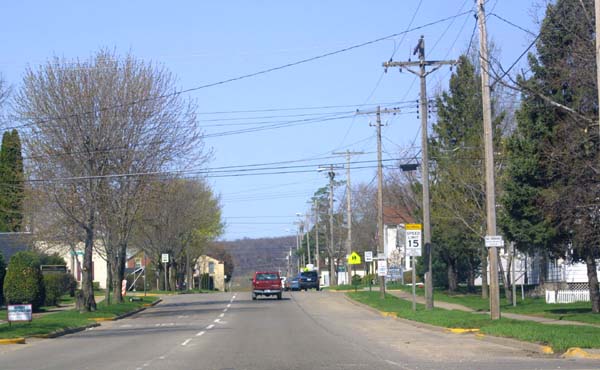
|
Above:
Cabelas's, a premier outfitter, is dwarfed by a huge bluff.
Left:
A residential section of Prairie DuChien.
Below:
A rail bridge, and a bridge built for auto and pedestrian traffic cross
over to St. Feriole Island. This was actually the original site of Prairie
DuChien, but regular flooding of the island resulting in the movement of
the city to higher ground.
|
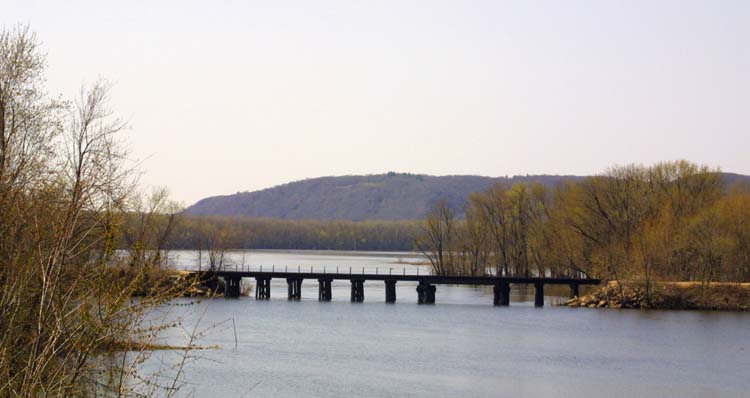
|
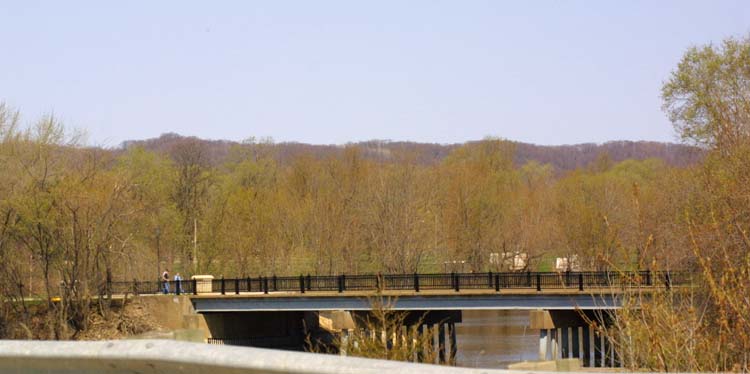
|
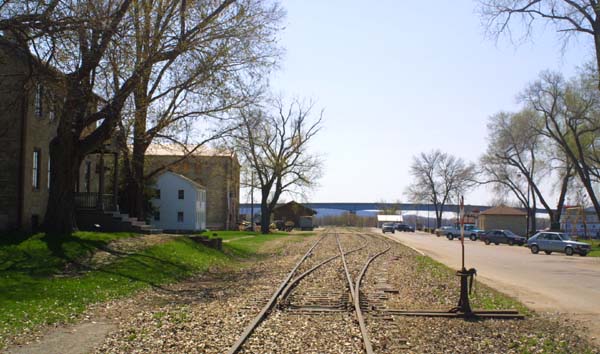
|
Main street St. Feriole. Though the island
was abandoned as a population center, it remains as a park, and much of the
old city of Prairie DuChien remains.
|
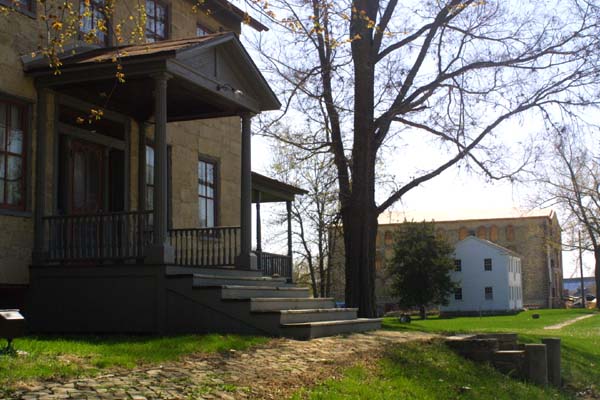
|
A great old lannon stone house, built
in the days when the island was the site of one of the area's major cities
and trading centers.
|
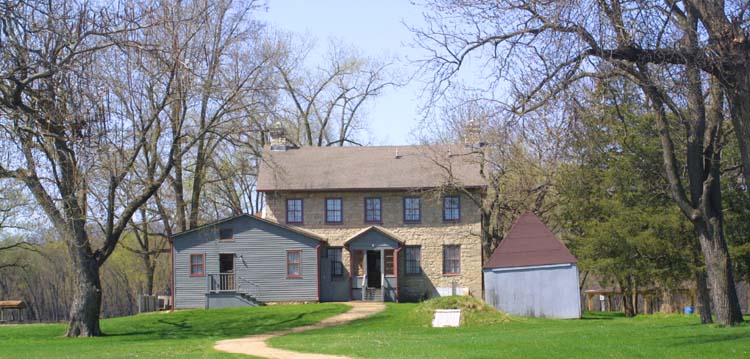
|
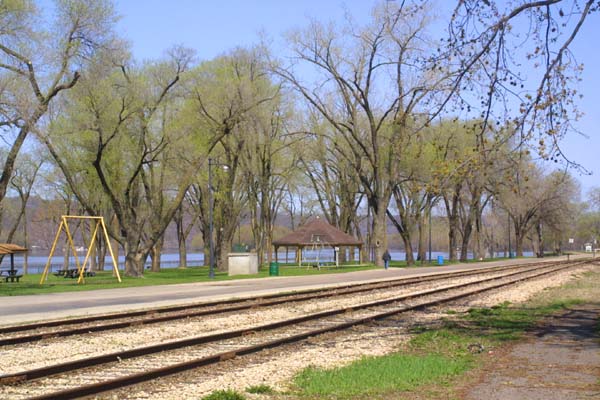
|
A view of the old railroad track, and of the
playground and the Mississippi River that it fronts.
|
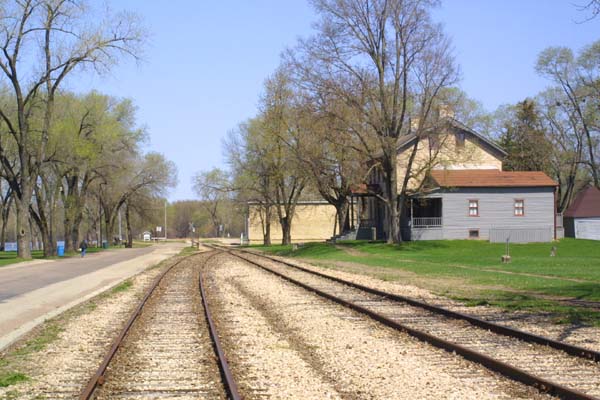
|
Another view of the tracks, and of some of
the old buildings alongside of them.
|
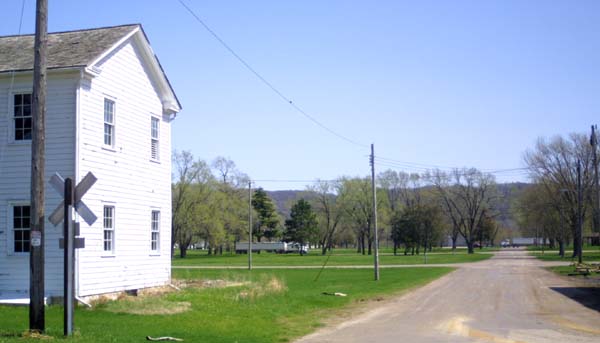
|
A look past the old freight station, and down
what was once a side street of old Prairie DuChien.
|
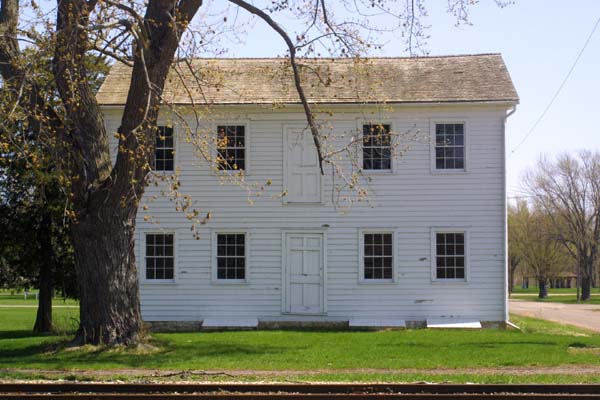
|
The old freight station, along side the old
railroad tracks.
|
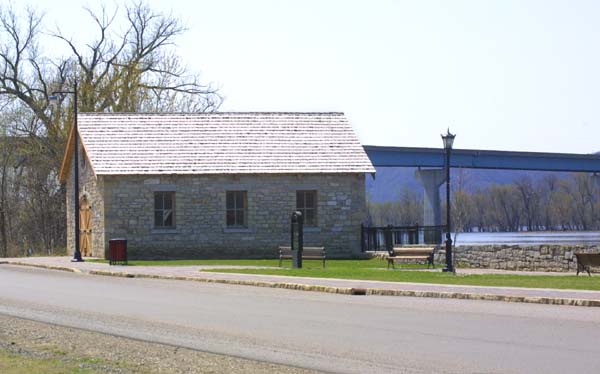
|
This pavilion, built alongside the river, is
a new structure, designed to look like the existing buildings remaining
on the island.
|
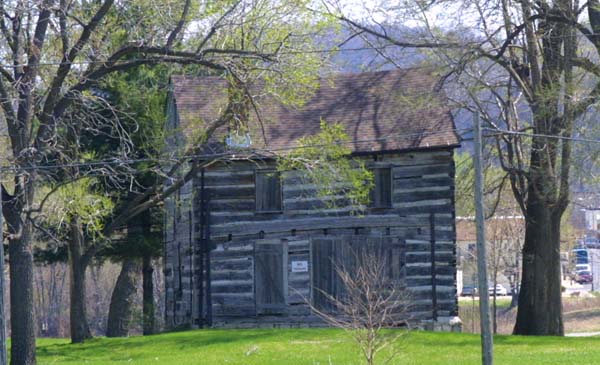
|
This old log cabin is a historical structure,
and has been here since the trading post days.
|
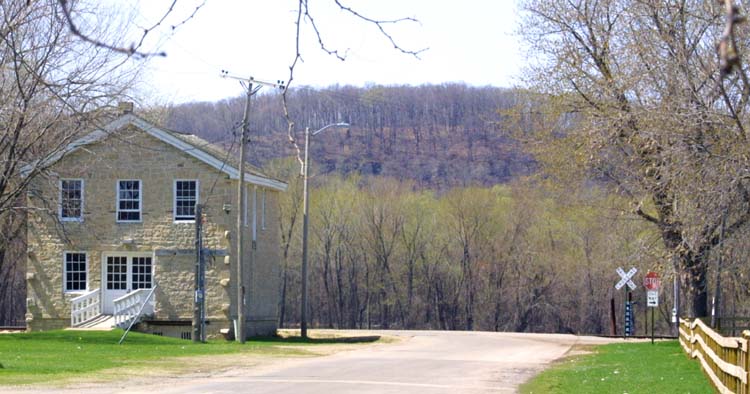
|
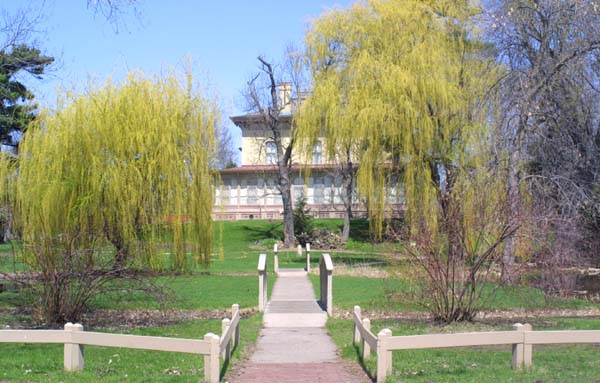
|
Villa Louis has been a local landmark for better
than a century. This mansion was built in the mid 1800's when the area
was still a wilderness.
|
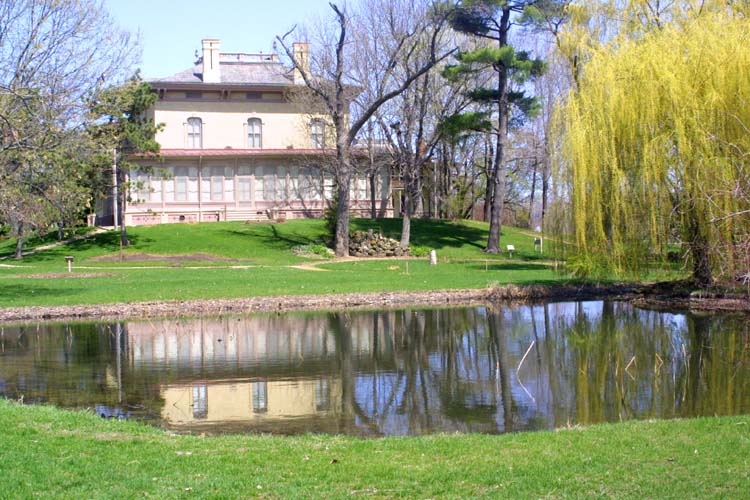
|
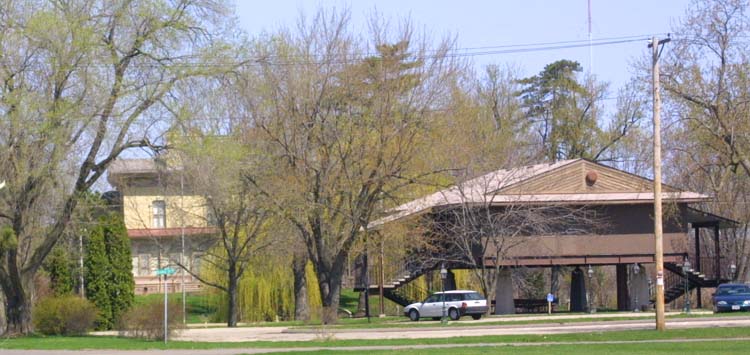
|
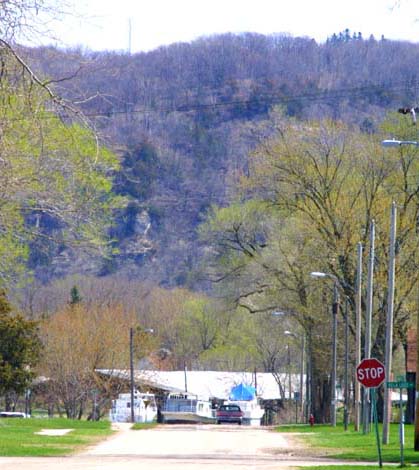
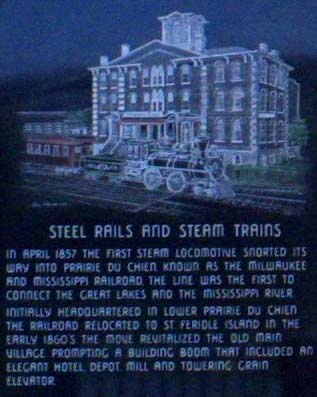
|
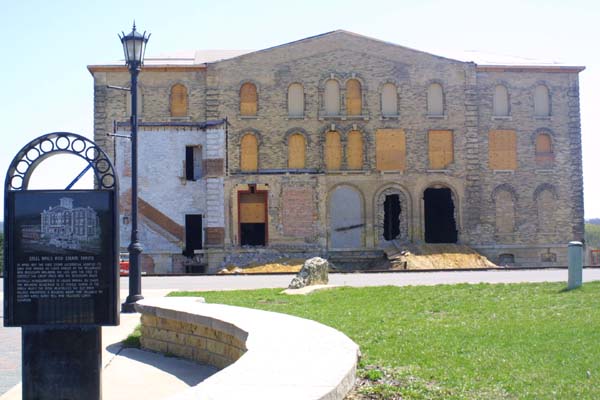
|
The old stone railroad station is being
restored to it's former glory.
|
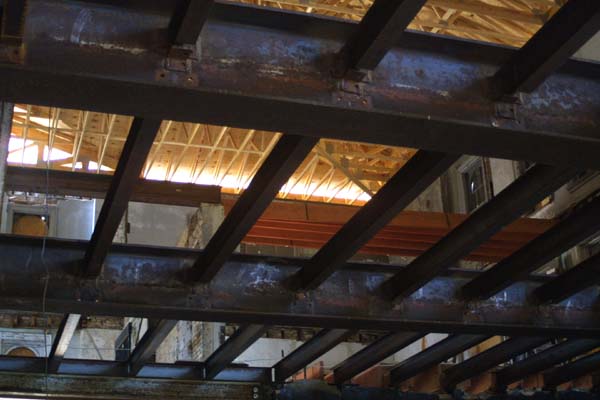
|
An interior view of some of the restoration.
New beams, and an entirely new roof system are being put in.
|
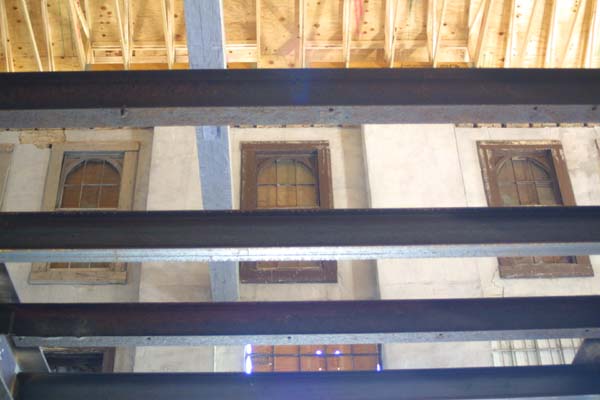
|
These original old windows have been covered
for years. They will soon be unblocked to let light in for the first
time in decades.
|
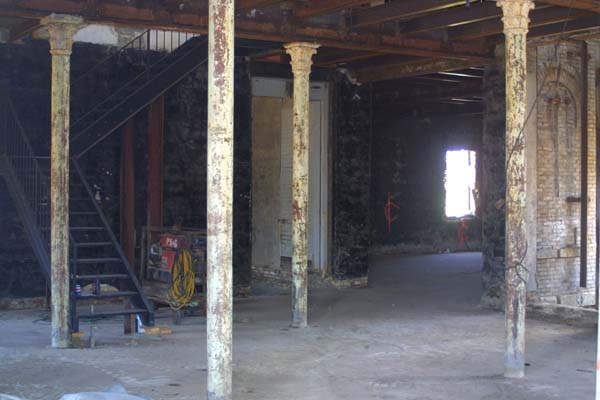
|
The first floor, with some of the original
iron decorative columns.
|

|
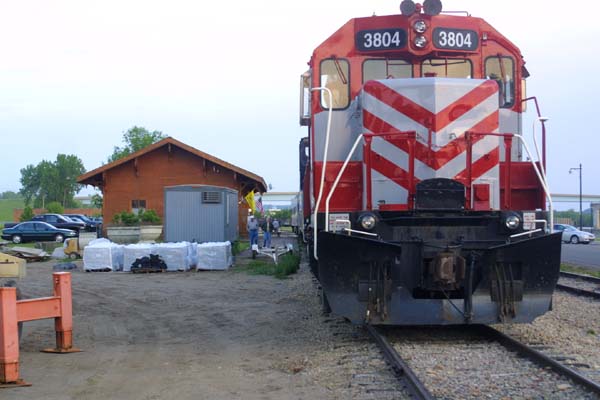
|
Though the tracks are old, they are still connected
to the main line, and trains, generally tourist trains, or dinner trains,
still come here from time to time.
|
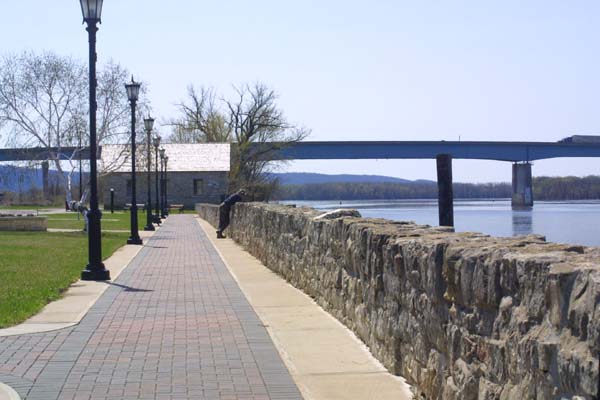
|
An old looking stone wall makes a barrier,
and a handy spot to lean while watching the river.
|
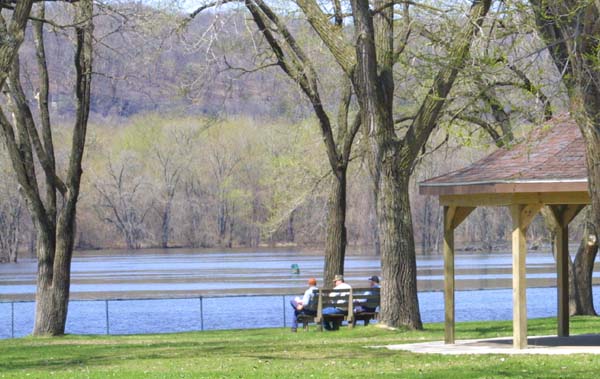
|
A trio of older men sits, and watches the river.
This is the very stereotype of a relaxed retirement. Certainly, I can think
of worse way to spend a day.
|
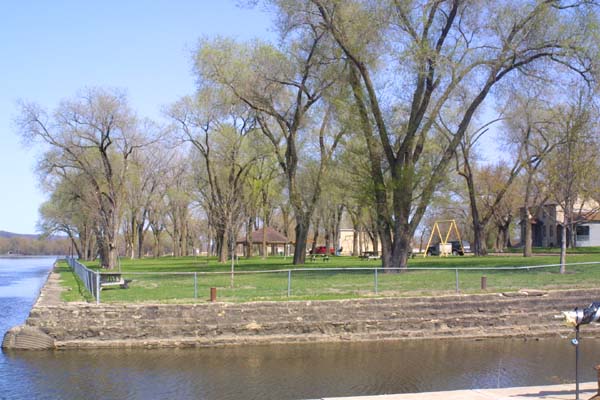
|
A walled in boat dock. This may serve recreational
boats, but is large enough for one of the tow boats that works the river.
|

|
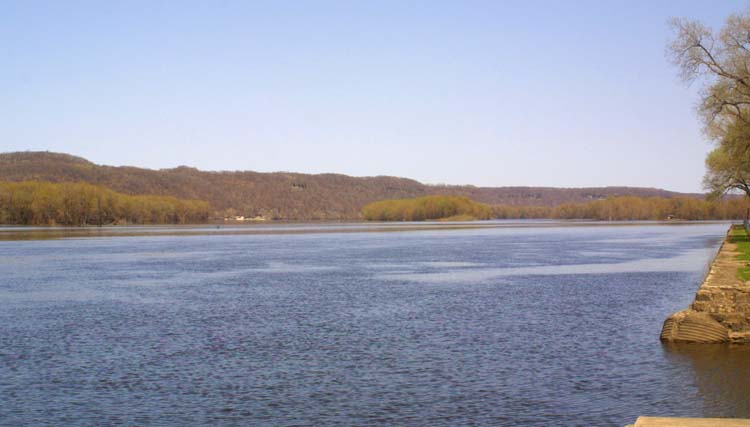
|
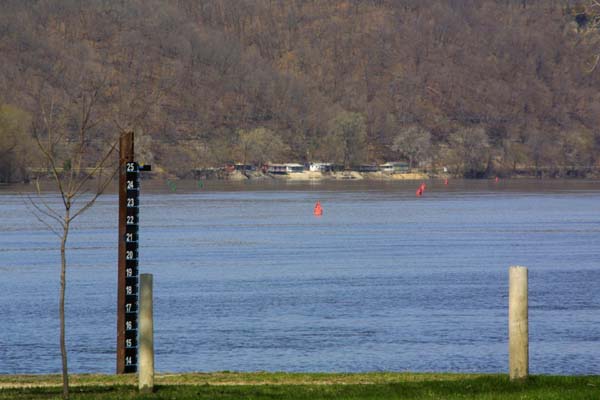
|
A look across at Iowa. The Measuring stick
in the foreground is to monitor water levels. The island here is often flooded.
Below:
One of the River's many tow boats, puts in for a bit of rest, and recreation.
|
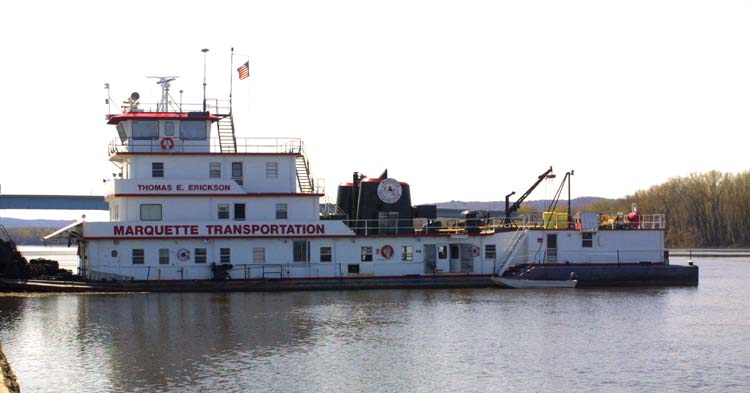
|
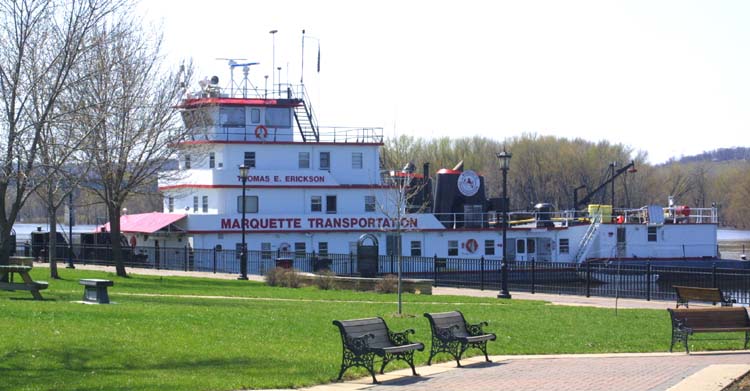
|
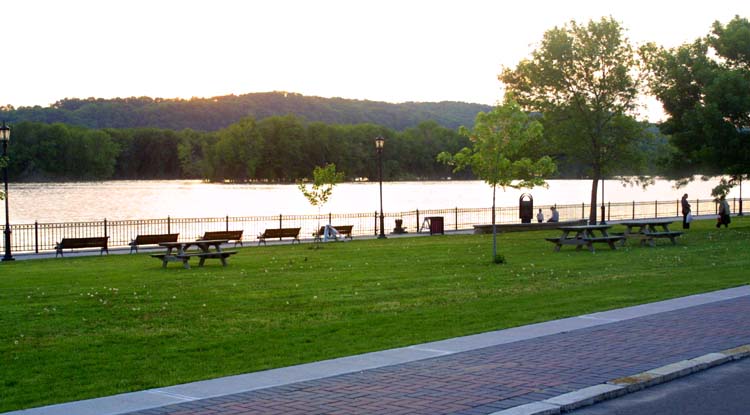
|
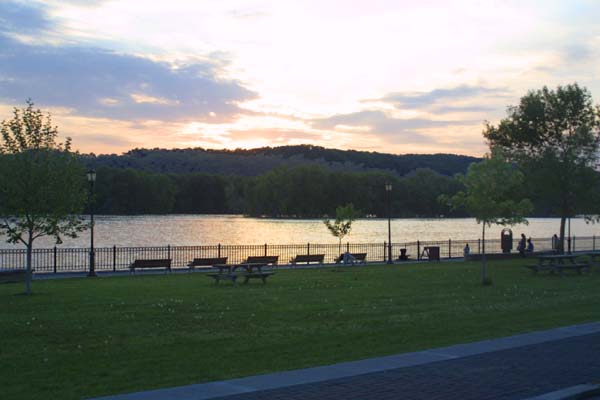
|
The riverside, as the sun goes down.
|
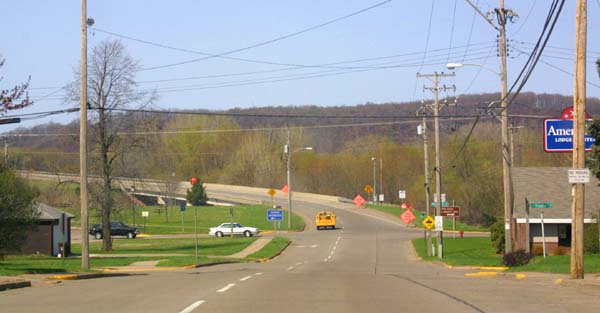
|
This is the road which, after taking a turn,
crosses the river, and takes us into Iowa.
|
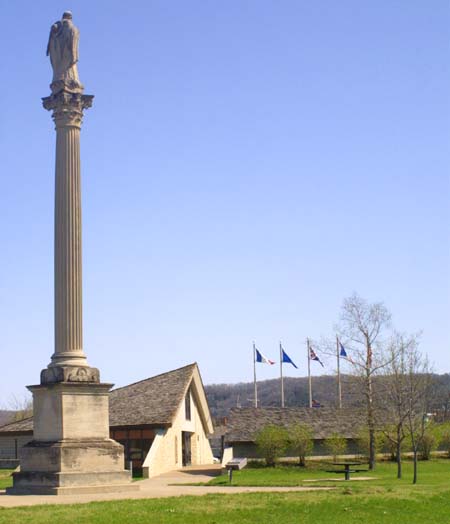
|
The Wisconsin tourist center sit next to an
old statue of Father Marquette. This is the first stop from Iowa, and one
of the first for visitors coming over from Illinois.
|
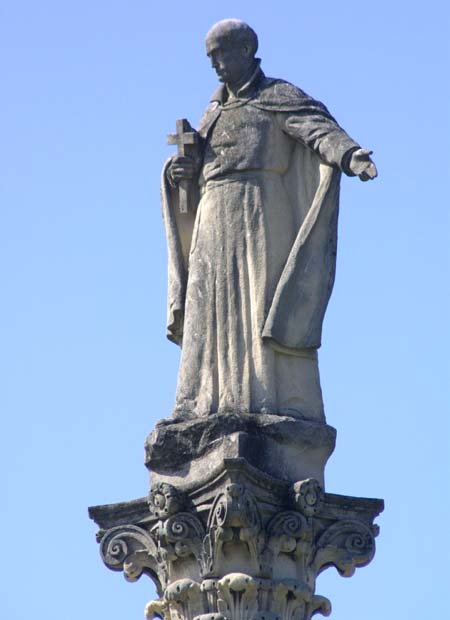
|
Marquette, and Joliet were some of the earliest
visitors to this area. He seems here to be offering us the river.
Below:
Crossing the bridge to go over into Iowa. The signs hints at some of
the sights to see. Though one does not immediately think of Iowa, when
considering the Mississippi, the state has a wonderful selection
of river towns, parks, and stretches of scenic roadway.
|

|
